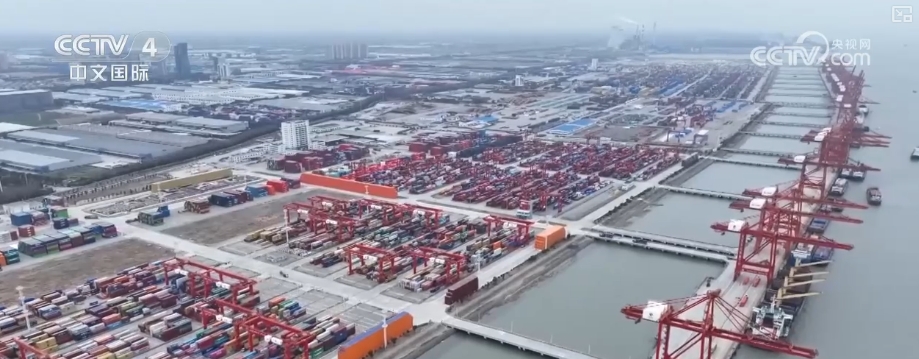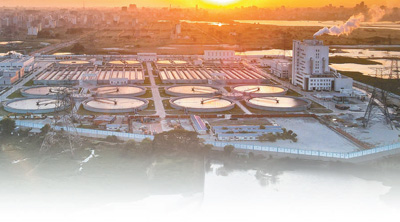Old Road And New Picture: From The Silk Road To The "Belt And Road", How China Lays Out Its Global Influence
Old Road And New Picture: From The Silk Road To The "Belt And Road", How China Lays Out Its Global Influence
1. The Millennium Silk Road is reborn, and China uses infrastructure to tell global stories. In 2013, China put forward a grand vision - the joint construction of the "Belt and Road" Initiative (BRI). This is not a simple road construction
1. The Millennium Silk Road is reborn, and China uses infrastructure to tell global stories
In 2013, China proposed a grand vision - the joint construction of the Belt and Road Initiative (BRI). This is not a simple road construction and bridge construction, but a global layout that spans Asia, Europe and Africa and extends to Latin America. Its goal is clear: to open up trade channels, strengthen connectivity, and promote common development.
This name is no stranger. It originated from the ancient "Silk Road", which was the artery connecting the East and the West. Caravans camel bells, silk spices, and religious thoughts all traveled through deserts and mountains along this line. But today's "Belt and Road" is no longer a simple businessman path, but a highly nationalized, systematic and strategic global development cooperation framework.

Unlike the ancient Silk Road, the modern "Belt and Road" is divided into two main lines:
This is not just a roadmap, but also a "Chinese solution". It uses infrastructure construction as a starting point to drive the common development of southern countries around the world.
2. It’s not just about business, the “Belt and Road” is an all-round expansion of influence
Many people think that the "Belt and Road" is just about building expressways, building ports, and running trains, but in fact it is far more than that. Behind it is a pattern output and reshaping of the discourse weight.
In the Western-dominated international order, developing countries are often marginalized. The Belt and Road Initiative provides another possibility: it does not attach political conditions, does not require ideological alignment, but only talks about development, cooperation and mutual benefit. This has a strong attraction for many countries, especially Latin America, Africa and Central Asia.

For example, Xi'an, the starting point of the ancient Silk Road, has now become a "model room" of the "Belt and Road". Over the past decade:
The Bogota Metro Line 1, the capital of Colombia, will learn from the experience of Xi'an Metro Line 8, and its construction is a company from China. This model output is not indoctrination, but real "influence produced by doing".
3. Latin America’s new connection: China lays out global strategic chess pieces at the end of the world
In the early days, the "Belt and Road" was mainly concentrated in the Eurasian continent, but now, Latin America is increasingly appearing in China's global layout.
In 2023, Colombia officially joined the "Belt and Road" initiative, and President Petro made it clear that Colombia's future will rely more on relations with southern countries around the world. This statement coincides with China's global southern cooperation strategy.

Colombia is not the first country to "eat crabs". Peru's "Qiankai Port" project was completed and put into use as early as November 2024. It is China's first large-scale port infrastructure project in Latin America, led by COSCO Shipping Group. Once fully operational, it will greatly enhance the freight capacity between South America and the Asia-Pacific.
These projects not only bring employment, technology and transportation convenience to the local area, but more importantly, China has created a "sense of existence" in Latin America through physical projects, rather than staying in diplomatic rhetoric or economic data.
At the end: Rebuilding influence does not rely on preaching, but on action
The "Belt and Road" is not a perfect project, and it has also encountered many doubts and challenges. But it is undeniable that it provides a non-Western perspective of global cooperation.
It tells the world: China's globalization is not a copy of the West, but a different approach; it tells developing countries: You are not alone, and you don't have to wait for relief, and you can take the initiative to choose your own development path.
In this era of increasingly fierce multipolarization and geopolitical game, the "Belt and Road" may be the "new Silk Road" that can travel through the hustle and bustle and lead the direction.





